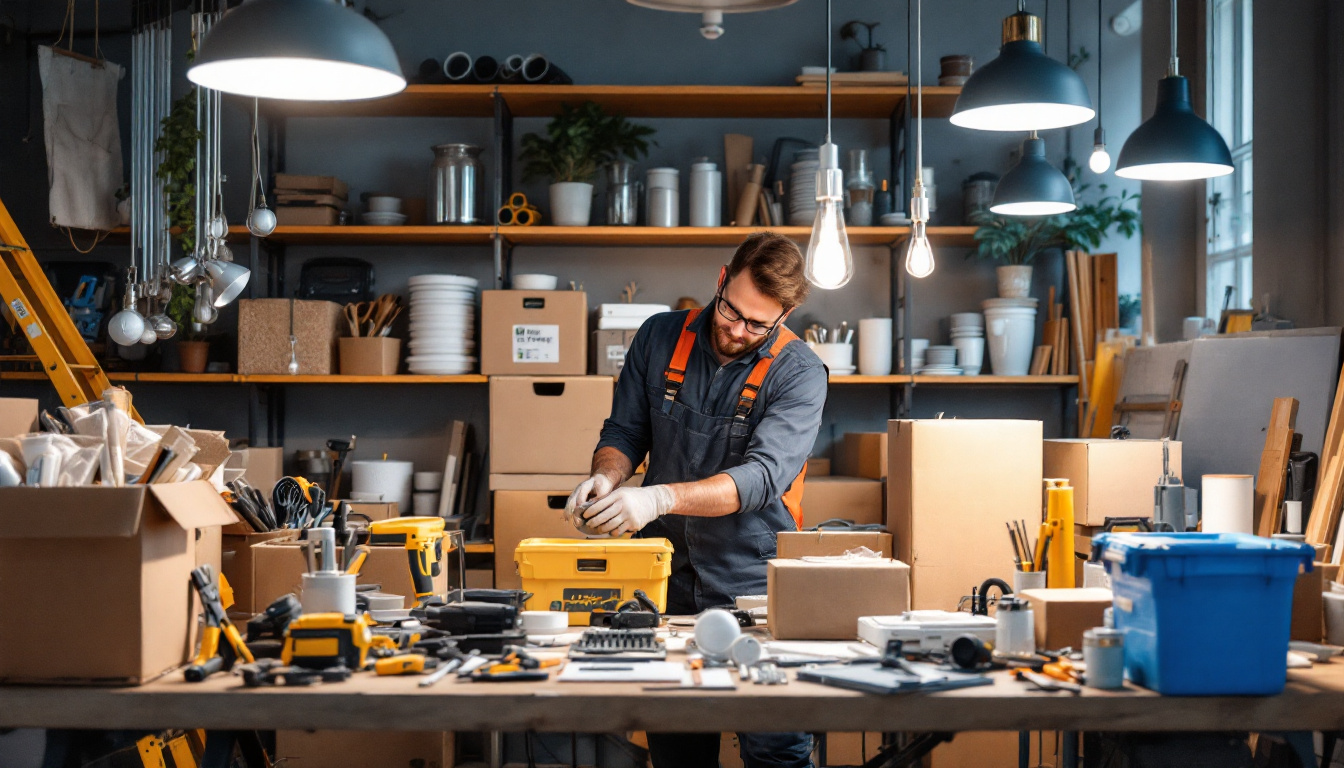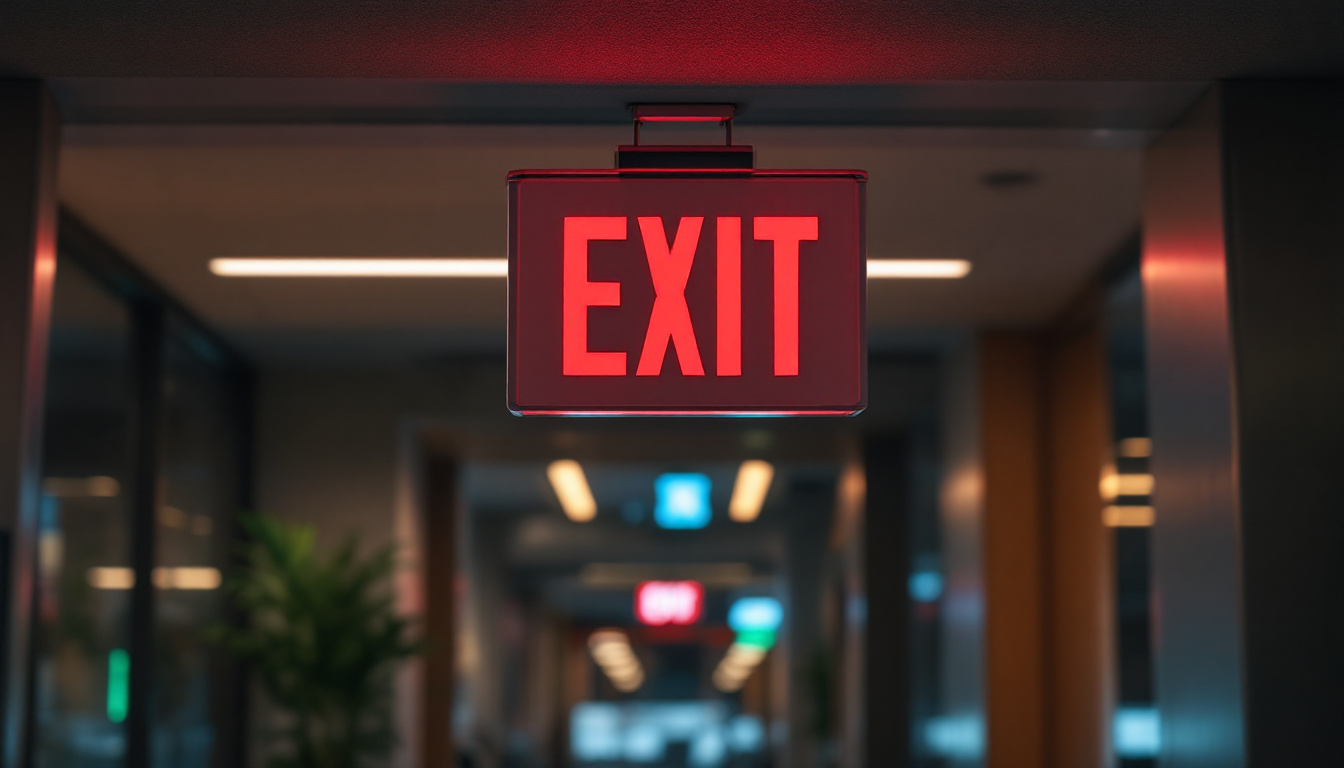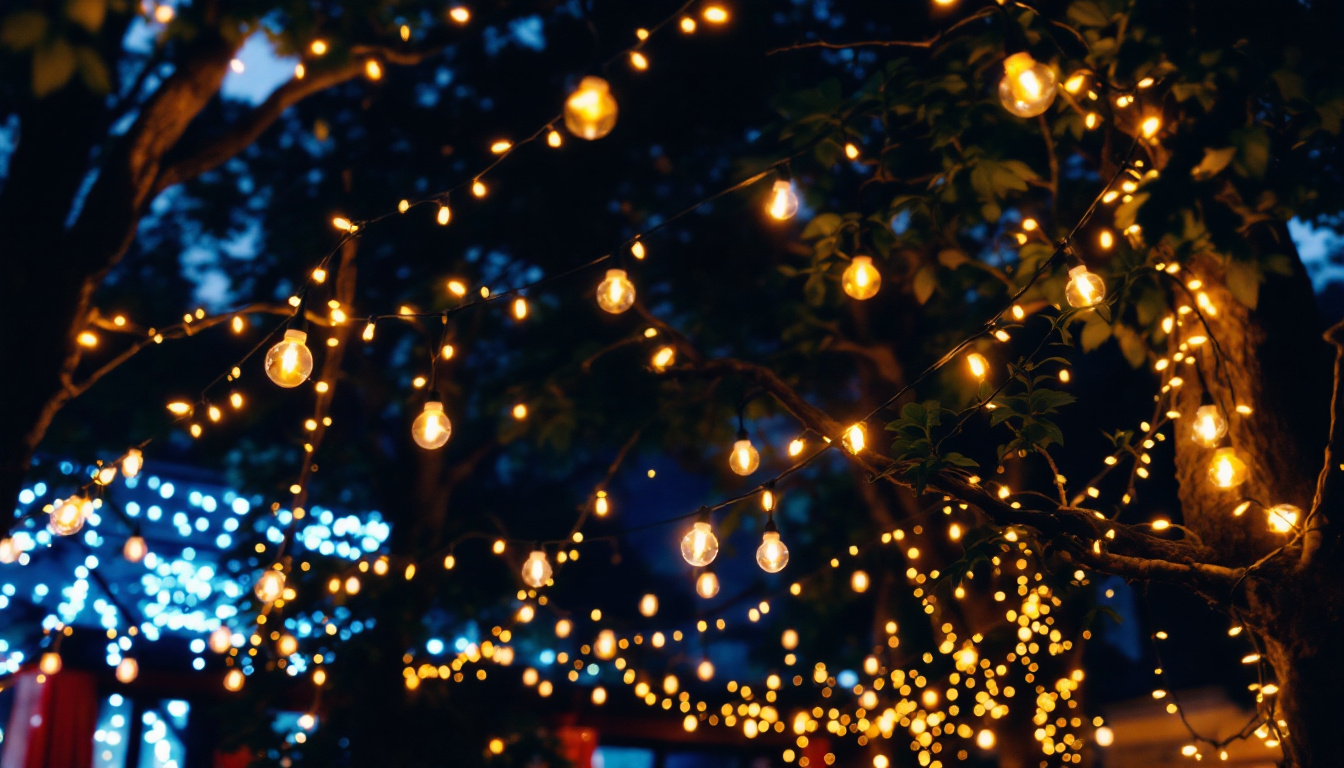

As a lighting contractor, understanding the intricacies of light fixture boxes is essential for ensuring safe, efficient, and aesthetically pleasing installations. The light fixture box serves as the foundation for any lighting project, providing the necessary support and protection for electrical connections. This article delves into key tips and best practices that every lighting contractor should consider when working with light fixture boxes.
Light fixture boxes, often referred to as electrical boxes, are designed to house electrical connections and provide support for light fixtures. These boxes come in various types, sizes, and materials, each suited for specific applications. A thorough understanding of these components is crucial for successful installations.
There are several types of light fixture boxes available on the market, each designed for different installation scenarios. The most common types include:
Light fixture boxes are made from various materials, including plastic, metal, and fiberglass. Each material has its advantages and disadvantages:
In addition to the materials used, light fixture boxes are also rated for specific applications based on their intended use. For instance, boxes can be rated for wet or damp locations, which is critical for installations in areas exposed to moisture, such as kitchens and bathrooms. Understanding these ratings ensures that the chosen box will not only support the fixture but also comply with local electrical codes, enhancing safety and functionality.
Furthermore, the installation process itself can vary significantly depending on the type of box and the environment in which it is being used. For example, when installing a new work box, it’s essential to ensure that it is securely anchored to the framing to avoid any movement that could lead to electrical issues. Conversely, when using an old work box, careful consideration must be given to the existing wall structure to ensure that the box is adequately supported and that the electrical connections are safe and accessible. Proper installation techniques can greatly extend the lifespan of both the fixture and the electrical system as a whole.
Proper installation of light fixture boxes is vital for safety and functionality. Adhering to best practices can prevent future issues and ensure a seamless lighting experience.
Placement of the light fixture box is critical. It should be positioned at a height that complements the intended lighting effect and meets local building codes. For general lighting, a height of 7 to 8 feet is standard, while task lighting may require adjustments based on the specific application. For example, over kitchen islands or workspaces, a lower height may be more effective to provide direct illumination where it’s needed most.
Additionally, consider the proximity to electrical outlets and switches. Ensuring that the box is easily accessible for maintenance and replacement can save time and effort in the long run. It’s also wise to think about the room’s layout and furniture placement. For instance, in living rooms or dining areas, the light fixture should be centered above key furniture pieces to create a balanced and inviting atmosphere.
For new work boxes, securing the box to the framing is essential. Use screws or nails to fasten the box firmly to the studs or joists. For old work boxes, ensure the wings are properly clamped against the drywall to prevent movement. A loose box can lead to damaged wiring and pose safety hazards. Furthermore, consider using a box with a built-in support brace if you anticipate installing a heavier fixture, as this can provide additional stability and reduce the risk of sagging over time.
Always double-check that the box is level before securing it, as an uneven box can affect the alignment of the light fixture and lead to aesthetic issues. Additionally, remember to account for the weight of the fixture and any potential vibrations that may occur when the light is switched on. Using a box rated for the appropriate weight load can further enhance safety and ensure that your installation stands the test of time. Properly securing the box not only contributes to the longevity of the installation but also enhances the overall safety of your electrical system, reducing the risk of shorts or electrical fires.
Electrical safety is paramount when working with light fixture boxes. Understanding the electrical requirements and codes is essential for compliance and safety.
When connecting wires within the light fixture box, it’s crucial to follow the National Electrical Code (NEC) guidelines. Use wire connectors to secure connections and ensure that no bare wire is exposed. This not only prevents electrical shorts but also reduces the risk of fire hazards.
Consider the gauge of the wire being used, as it must be appropriate for the load the fixture will draw. For most residential fixtures, 14-gauge wire is standard, but heavier fixtures may require 12-gauge wire.
Grounding is a critical aspect of electrical safety. Ensure that the light fixture box is properly grounded to prevent electrical shock. Metal boxes must be bonded to the ground wire, while plastic boxes should have a grounding pigtail connected to the fixture. This provides an additional layer of safety and compliance with electrical codes.
Regularly inspect grounding connections during maintenance to ensure they remain secure and effective.
Understanding the weight ratings and load capacity of light fixture boxes is essential for safe installations. Each box is rated for a specific weight, and exceeding this limit can lead to dangerous situations.
Before installation, check the weight of the light fixture and select a box that can adequately support it. Many manufacturers provide weight ratings for their boxes, which should be adhered to strictly. For heavier fixtures, consider using a box that is specifically designed for high load applications.
In cases where the fixture exceeds the box’s weight limit, additional support may be necessary. This could involve using a brace or a support bar that distributes the weight more evenly across the structure.
Regular inspections of installed light fixture boxes can help identify potential issues before they become serious problems. Look for signs of wear, corrosion, or damage, and address any concerns promptly. This proactive approach can extend the lifespan of the installation and enhance safety.
Encourage clients to report any flickering lights or unusual sounds coming from fixtures, as these can be indicators of underlying electrical issues.
Every lighting contractor must be aware of local building codes and regulations regarding light fixture boxes. Compliance is not only a legal requirement but also ensures the safety and reliability of electrical installations.
Building codes can change frequently, and it is essential for contractors to stay informed about any updates that may affect their work. Regularly attending training sessions, workshops, or industry conferences can help keep knowledge current.
Additionally, subscribing to industry publications or joining professional organizations can provide valuable resources and updates on best practices and code changes.
In many jurisdictions, permits are required for electrical work, including the installation of light fixture boxes. Ensure that all necessary permits are obtained before starting a project, and be prepared for inspections by local authorities.
Cooperating with inspectors can help ensure that installations meet all safety standards and codes, ultimately protecting both the contractor and the client.
While safety and compliance are paramount, aesthetics and functionality should not be overlooked. The right light fixture box can enhance the overall look and feel of a space.
Light fixture boxes come in various finishes, and selecting the right one can complement the design of the space. For modern interiors, sleek metal finishes may be more appropriate, while traditional designs might benefit from painted or textured boxes.
Consider the overall color scheme and style of the room when making this choice. A well-chosen finish can seamlessly integrate the fixture with the surrounding decor.
With the rise of smart lighting technology, many contractors are now integrating smart features into their installations. Light fixture boxes can be equipped with smart switches or dimmers, allowing for enhanced control over lighting.
When planning installations, consider the potential for future upgrades to smart technology. This foresight can make it easier for clients to adapt their lighting systems as technology evolves.
Light fixture boxes are a fundamental component of any lighting installation. By understanding the various types, installation best practices, electrical considerations, and compliance with local codes, lighting contractors can ensure safe and effective installations. Furthermore, paying attention to aesthetics and the potential for smart technology integration can enhance the overall experience for clients.
By following these key tips, lighting contractors can elevate their work, ensuring that every project not only meets safety standards but also exceeds client expectations. Whether working on a residential or commercial project, a solid grasp of light fixture box fundamentals is essential for success in the lighting industry.
Ready to take your lighting installations to the next level? At LumenWholesale, we provide lighting contractors like you with the highest quality, spec-grade lighting products at prices that can’t be beaten. Say goodbye to local distributor markups and hello to our extensive selection that meets rigorous industry standards. With free shipping on bulk orders, you can stock up on everything you need to make your projects shine. Elevate your lighting game with the unbeatable value and convenience of Wholesale Lighting at the Best Value from LumenWholesale.

Discover the essential insights lighting contractors need to know about exit signs, from compliance standards to innovative design solutions.

Discover essential insights into outdoor post top lights with our comprehensive guide tailored for lighting contractors.

Illuminate your projects with expert insights! Discover essential tips and considerations for lighting contractors working with outdoor string lights, from installation techniques to design trends, ensuring every space shines brilliantly..

Discover how the 100W LED High Bay Light is revolutionizing the lighting industry for contractors.
Get notified when NEW deals are released.
Optimize your budget with wholesale discounts.
Only top-quality, specification-grade lighting products.
No additional costs at checkout - what you see is what you pay.
We understand the unique needs of contractors.